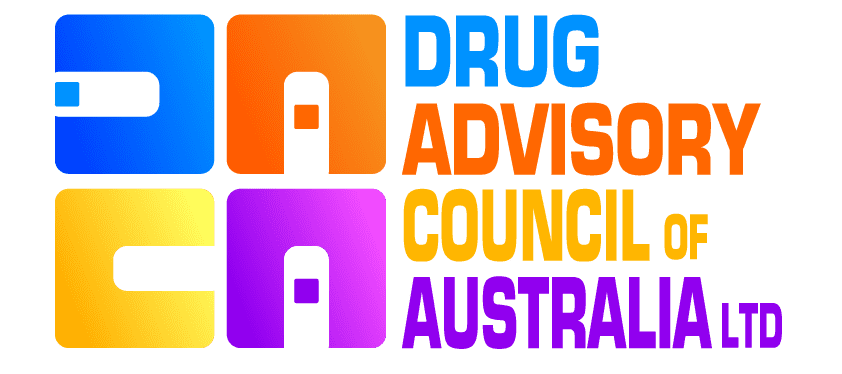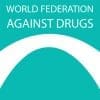Accepted: August 10, 2017 – Published online: November 28, 2017
https://doi.org/10.1176/appi.ajp.2017.17020223
Results:
Overall, 32.2% (95% CI=29.7–34.9) of patients with a substance-induced psychosis converted to either bipolar or schizophrenia-spectrum disorders. The highest conversion rate was found for cannabis-induced psychosis, with 47.4% (95% CI=42.7–52.3) converting to either schizophrenia or bipolar disorder. Young age was associated with a higher risk of converting to schizophrenia. Self-harm after a substance-induced psychosis was significantly linked to a higher risk of converting to both schizophrenia and bipolar disorder. Half the cases of conversion to schizophrenia occurred within 3.1 years after a substance-induced psychosis, and half the cases of conversion to bipolar disorder occurred within 4.4 years.
Conclusions:
Substance-induced psychosis is strongly associated with the development of severe mental illness, and a long follow-up period is needed to identify the majority of cases.




